8 Homemade Pesticide Sprays for Indoor Plants
Encountering pests as part of the houseplant parent's journey is totally normal. Having these ‘ickies’ in your home can be a horrifying thought. Yet considering the thought of using poison inside your home, especially if you have both pets and children, can be an even more daunting prospect! There are, however, many safe and easy-to-find homemade products that can be used to get rid of pests.
We've compiled a list of 8 household ingredients that you can use to treat unwanted pest infestations - that are both safe and effective. Check out these 8 household items that can be used as pesticides...

General Tips for Using Natural and DIY Insecticides
Before just spraying any form of Pesticide be it a homemade option or specially formulated, it is best to follow a few simple guidelines to keep your houseplants safe.
- Make sure to water plants regularly, and avoid spraying pesticide directly on burned leaves or any plants under stress, such as overwatering issues.
- Remove any highly infested leaves from the Plant and throw them in the bin, avoid composting as this can spread infestations.
- Be sure to apply pesticides out of direct sunlight, to avoid your plants getting scorched by the sun as the pesticide dries.
- Keep pets and children away while spraying pesticides to avoid harm to them, even if it is just dish soap.
- The solution should be tested on a few leaves prior to being applied to the entire plant. Wait 48 hours and inspect the leaves for damage. You should dilute your solution and run a new test if your leaves are burnt or browned.
Click for more information on identifying over vs underwatering in Houseplants.
8 Homemade Pesticides Using everyday Household Items
1. Dishwashing Liquid or Castille Soap
Dishwashing liquid is not only good for getting your dishes sparkling clean but a wonderful way of getting rid of leaf-sucking Pests, such as Spider mites, Mealybugs and Aphids.
This is mainly due to the fact that the soapy residue will both suffocate the Pest as well as make the foliage taste pretty bad. Deterring them from wanting to eat the plant.
Care must be taken with the soap-to-water ratio, because too much soap can damage the leaves and make the plant very unhappy. But occasional use for pest treatment will be just fine.
A Basic Recipe for using soap as a pesticide:
- Use a mild dishwashing liquid or Castille Soap. Natural Hand soap can be used too.
- Add 1 tsp of dishwashing liquid soap to 1 Litre of water.
- Place in a spray bottle and gently spits your houseplant, covering the top and bottom of the leaves.
- Repeat the spray every 4 to 7 days. Be sure to check your plant for any signs of foliage imperfections, caused by soapy water, before spraying again.

2. Cinnamon
This wonderful spice is not only great for adding to Cinnabons but is also quite effective at deterring Fungus Gnats, whose larvae make their home in your perfectly moist potting soil. They attach themselves to houseplant roots where their favourite meal of fungus is and deprive your plants of nutrients.
This delicious spice has a couple of ways to mitigate a Fungus Gnat invasion. Cinnamon is known to have antibacterial and antifungal properties. As a result, you can keep fungal growth in your potting soil to a minimum while also providing an unsatisfactory or depleted food source for Fungus Gnats.
Cinnamon is also known as a desiccant (think of the Cinnamon Challenge), meaning that it dries out moisture. Using cinnamon on the top layer of soil will help dry it out, giving Fungus Gnats another reason not to move in, as they prefer evenly moist potting mix.
Simply Sprinkle over a fine layer of ground Cinnamon on your topsoil after every watering, and this should help prevent both Fungus Gnats and Mushroom growth.Check out Why mushrooms grow with your houseplants for more information on mushrooms in potting soil.

3. Vegetable Oil
Various oils have been used throughout the centuries as a form of Pest control. If you look at commercially made pesticides you’ll note they often have an oil base.
Oils are great for keeping sap-sucking pests at bay such as Aphids, Scale, Thrips, Mealybug and Spider Mite. In terms of pest control, oils have a variety of effects. A major reason why they kill insects is that they block the air holes (spiracles) through which they breathe, causing asphyxiation. In some cases, oils can also be used as poisons. They do this by interacting with the fatty acids in an insect's body, which throws off its normal metabolism. Oils may play an important role in preventing the transmission of certain plant viruses by aphids in addition to disrupting the way insects feed. Powdery mildew, a form of Fungal growth in Begonia, can also be controlled with oils.
Although the type of oil can affect its effectiveness, vegetable oils can also be used as a pesticide. Most vegetable oils are considered insecticidal, but canola oil is the most effective. Most of the Pest varieties and mites can be controlled by soybean oil, often a commonly used vegetable oil for cooking.
So, how do you use Vegetable oil as a Pesticide?
It is pretty simple, and this is often also known as White Oil.
The Recipe:
- You’ll need a Glass Jar with a tight-fitting lid.
- 2 Tablespoons Dishwash Liquid - be sure it does not contain bleach
- ½ Cup Vegetable Oil
Add the dishwashing liquid and oil into the jar. Pop the lid back on and give the jar a vigorous shake until it forms a white creamy mix. You can also try using a stick blender to speed up the process. To be sure that the mix has emulsified correctly, allow it to stand overnight. If it separates, give it another good shake. If it still does not combine, add more dishwashing liquid until it does.
This is now ready to be diluted. Use 2 Tablespoons per Litre of water. Add it to a Spray bottle and shake well before applying it to your infected plant.

4. Diatomaceous Earth
Okay, so this isn't in every home, but for those who have pets, it could be one of those natural remedies you tried on Lucy to get rid of a few unwanted internal inhabitants.
Diatomaceous Earth is a natural compound made up of the fossilized remains of Algae like Plants and fossilised microscopic creatures known as Diatomite. These Diotomites are found as Chalk deposits, which are mined and crushed down to form a fine powder, made up of millions of sharp fragments, if viewed under a microscope.
This wonder powder is excellent for use against soft-bodied Pests such as Aphids, Mealy Bugs, Fungus Gnats, Ants, Thrips and Spider Mites. This is because the sharp fragments of the Diatomaceous Earth powder pierce the exoskeleton of these tiny critters, drawing out their moisture and ultimately drying them out. Which kills them.
This wonder Powder is also fairly easy to use as a Pesticide. Diatomaceous Earth can be gently sprinkled both over your potting soil and the leaves of your infected houseplant, don't forget the bottoms too. You may end up with dusty-looking plants, but at least you know it is for a good cause.
Top Tip: Diatomaceous Earth is a pretty fine powder, so can become airborne. This may cause irritation to your throat and nasal passages. Thus, wear a mask and remove your pets and children from the room when applying it.

5. Chilli and Garlic Spray
A homemade Pest Control list would not be complete without every Grandmother's favourite: A Garlic and Chilli Spray.
As you scour the internet, you will notice multiple recipes for this concoction, and just like cooking, everyone's recipe works, maybe some better than others, as it often has the same basic ingredients. This is fantastic because most of us have some form of garlic or chilli in our pantries, whether dried or fresh.
This miracle Spray is great for warding off all common household pests, especially leaf suckers. So, how does it work?
Well, garlic as we all know, can be pretty potent smelling, and this smelliness is what prevents the Pests from making a meal of your houseplants. However, some pests, like some humans, will not be deterred by the smell alone, so the addition of chilli makes it even more effective.
The active ingredient in Chilli is known as capsaicinoids, this is what gives many hot peppers their burn, and was developed by the Chilli Plant to protect itself from both Fungal and Pest attacks. Thus ensuring the survival of these species. So when you are creating your spray, you are using the full benefits of an age-old natural remedy against pests, created by mother nature herself. Follow this recipe to make your own Garlic and Chilli Spray:
Chilli and Garlic Spray Ingredients:
- 1 x Whole Garlic Bulb - Peeled and Roughly Chopped or 2 Tablespoon Garlic Powder
- 3 x Hot Red Chilli Peppers or 1 Teaspoon Chilli flakes or Powder (Cayenne Pepper works too).
- 1 Litre of Water
Preparation Steps:
- Place all ingredients in a blender and blend to form a bright orange to red smooth liquid.
- Allow to Steep for 24 hours.
- Strain well, and remove all bits, or your Spray bottle may become clogged.
This liquid can now be diluted as 3 Tablespoons to 500ml of Water. Place in a Spray bottle and shake. Spray down the leaves of your foliage on the top and bottom. Repeat at least once a week until your infestation has subsided.
Top Tip: Wear gloves when spraying Plants or prepping your Spray, and avoid allowing the mist to come in contact with your eyes. If you want to feel real pain, ignore this.
6. Khakibos, Blackjack or Tomato leaves
Lets explore some Leaf based Pest Treatments.
Khakibos
This one is especially for our fellow South Africans. Especially when it comes to Khakibos (Tagetes minuta), a naturalised plant from our native lands.
The Khakibos originate from South and North America and have been naturalised in South Africa for just over a hundred years. It derives its name from khaki (Greeny Brown) coloured uniforms worn by British soldiers at the time of the Anglo-Boer War and was included in Horse fodder imported by the British Army.
The plant often grows in areas prone to erosion, proving to be a hardy pioneer. Despite its label as a weed, this plant is very valuable in its own right and is often used in repellent sprays. A hardy plant adapted to high temperatures and low rainfall, Khakibos grows in a wide variety of soil types and areas in South Africa.

Black Jack Plants
Black Jack Plants are common tropical and subtropical plants and often can be found throughout the world. Due to its rapid growth and dense growth, it is considered a weed in some countries. Also known as Bidens pilosa, the plant is native to South America. Black Jacks have also been used for centuries as a form of a natural remedy for many ailments, as a food source in many African continents when supplies are scarce, and like Khakibos has repellent properties to certain Pests. Thus a great reason to weed your garden and upcycle the remnants.

Tomato
Tomatoes fall under the nightshade family and contain an alkaloid known as tomatine which is highly effective at deterring Aphids and many other common Plant Pests.
As you can see, various compounds in Khakibos, BlackJacks, and Tomato leaves are highly toxic to pests. Mother nature strikes again. The perfect way to keep houseplant pests at bay.
So, any of these Plants together or on their own will either kill or repel unwanted pests, and hopefully, for you, you have one or all three growing in your garden. Either as a weed or a cultivated outdoor plant.

How to use them
- Grab a handful of fresh leaves from your chosen plant or combined one part of each.
- Chop roughly and add a Litre of boiling water to steep.
- Leave for 24 hours.
- Strain well.
- Add to a spray bottle, and sprits your plant thoroughly.
7. Essential Oils
Use certain Essential Oils in a similar way to Leaf based treatments. They are, after all, concentrated forms of a variety of Plants ‘Essential oils’ that plants naturally produce. When the oils are extracted from the plant, their repellency remains in the oil.
This is fantastic because essential oils are a crucial component of some of your relaxing rituals. When properly combined, it will also serve as a pest deterrent, provided the essential oils are pure and not synthetic.
How to use essential oils as a Pesticide?
The best way to administer essential oil is to follow the same recipe as making a dishwashing liquid spray and including a few drops of your essential oil of choice.
The following are excellent Essential Oil choices:
- Peppermint Oil: This oil is pretty good at keeping pests at bay, this is because it's pretty potent smelling. It is known to especially deter Spider mites who get irritated by the smell.
- Thyme Oil: Fantastic for keeping most forms of pest and fungal infections at bay. Plus, it’ll be good for you too, as it is known to improve memory.
- Cedarwood Oil: Most pests and other insects are repelled by cedarwood essential oil. It is also considered a molluscicide, which means it is particularly effective if you find that your plant is suffering from a snail infestation, as when snails consume it, they tend to be suffocated and this kills them off, similar to snail bait.
- Lavender Oil: Due to its anti-bacterial and fungal properties, lavender oil is among the most widely used essential oils on plants. Plants both indoors and outdoors benefit from lavender oil's general repellent properties. You can apply this oil directly to your plant’s foliage or mix a few drops with water and spray it over the whole plant. Plus the waft will help you destress. An all-round winner.
- Tea Tree Oil: As we know Tea Tree is a wonder herb often used in a multitude of products. It is touted as a fantastic antiseptic. Due to this, Tea Tree oil is ideal for fighting against fungal infections on your plant's foliage and will deter a multitude of pests due to its strong smell. Be warned though, that too much Tea Tree oil directly on the foliage of your Plants can lead to burning. So, be mindful of the quantities you use. A few drops in a litre of water should be effective.
The Plus is, not only will your plants be protected from destructive pests, but will also help you stay calm and relaxed.

8. Hydrogen Peroxide
This is one of those items that most people will have in their medicine cupboards, often used for minor scrapes and cuts. Though it is pretty useful far beyond its medicinal value.
As with all home remedies, it is best to use hydrogen peroxide in moderation, as too much can cause damage to your plants and roots. When it comes to moderation, it is best to look for a hydrogen peroxide that is at a strength of 3% (10vol). This is generally the weakest option available in stores and is gentle enough to not cause any issues to plants.
How does Hydrogen peroxide work?
Hydrogen peroxide is pretty much the same as water, though it has one extra oxygen molecule, which gives hydrogen peroxide its benefits. When Hydrogen comes in contact with any organic matter, even your skin, it will sizzle and ultimately burn the item it touches. So wear latex gloves when handling it.
It is great for use on all varieties of Pests and will even kill off any fungal infections on your plant's foliage. Hydrogen Peroxide is also fabulous for adding as a drench to your potted plants. It will help kill off any bacterial growth causing root rot in your Houseplant's pot, as well as aerate that soil, providing your plant with that little extra oxygen boost.
How to use it?
- Add 5ml of Hydrogen peroxide Vol.10 (you can divide this by half if you have a higher strength such as 30/40 Vol.) to a cup of water and place it in a spray bottle and sprits your plant thoroughly. You may hear some fine fizzing, which means it is working.
- If used as a soil drench, just water with the Hydrogen and water solution, allowing any excess water to drain away.

Homemade Pesticides are a fantastic, cheap and easy way to keep your Houseplants Pest free and healthy. Though, as with everything, moderation is key and being mindful of how much you use can keep your houseplants thriving. Though, it is always best to note that once you have discovered Pests on your indoor plants, it is important to quarantine them. This ensures the infestation does not spread. Read on for more on the Prevention, Identification and Treatment of Common Houseplant Pests.
Home remedies just like commercially bought Pesticides will need a few applications before they become effective and it is best to use a targeted pesticide for extreme infestations to ensure they work. Overall, when you’re in a bind or if you ever are stuck in lockdown again, you’ll happily know you can turn to your pantry for a helpful solution.
Let us know your homemade pesticide recipes and how they work for you?






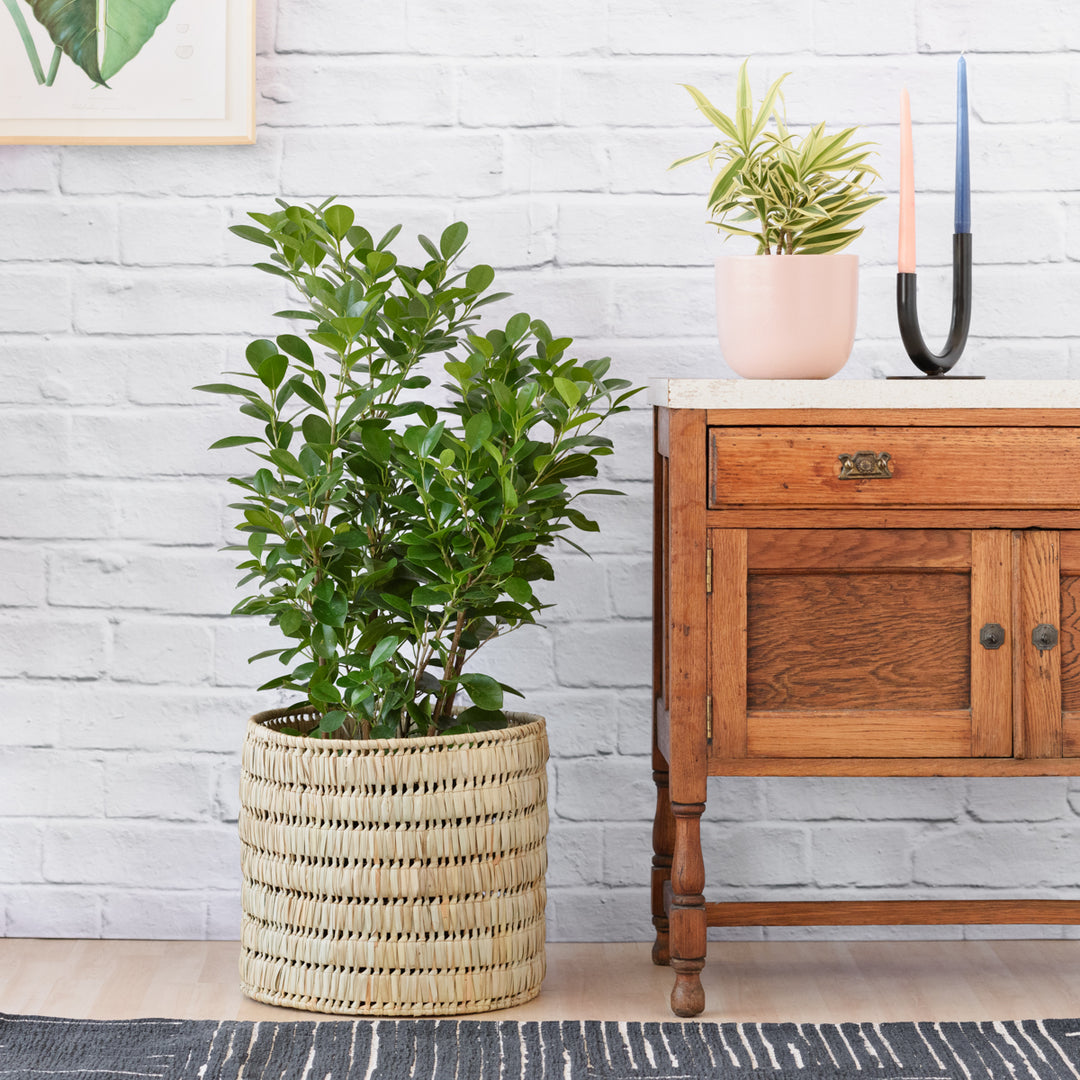
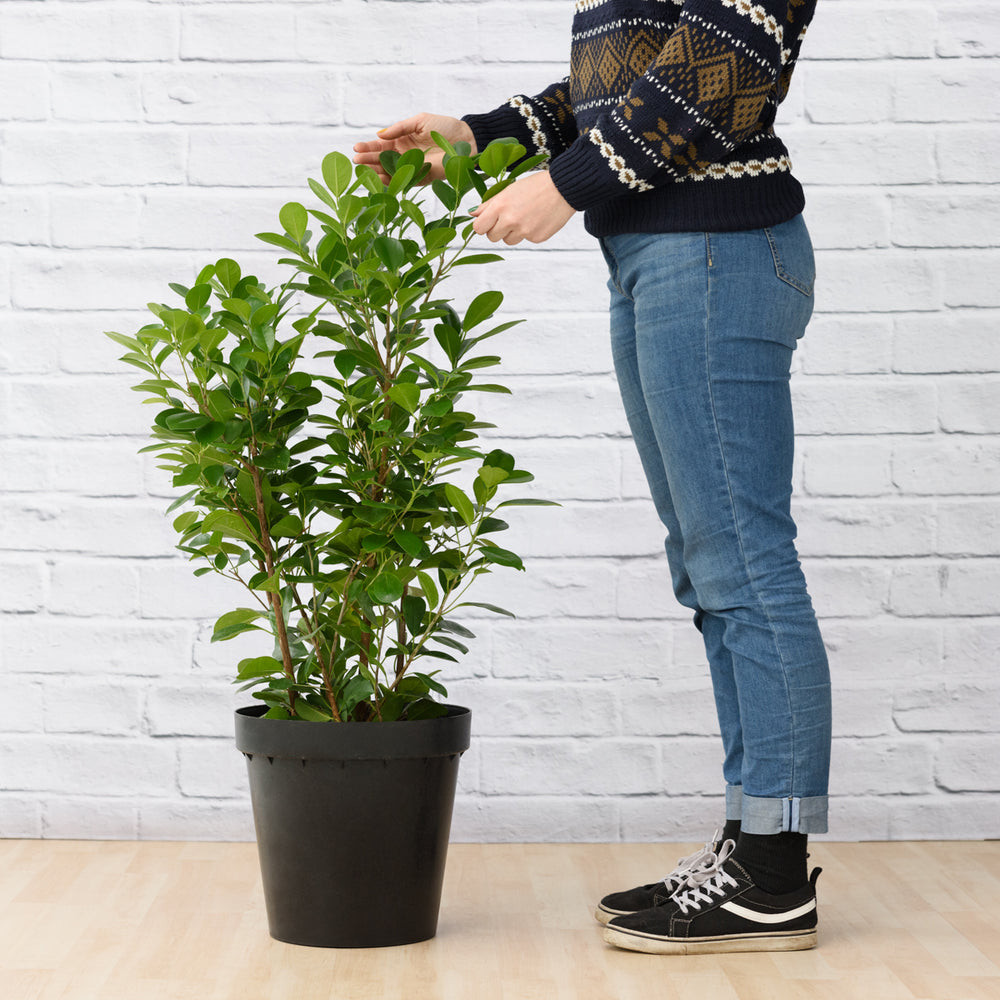
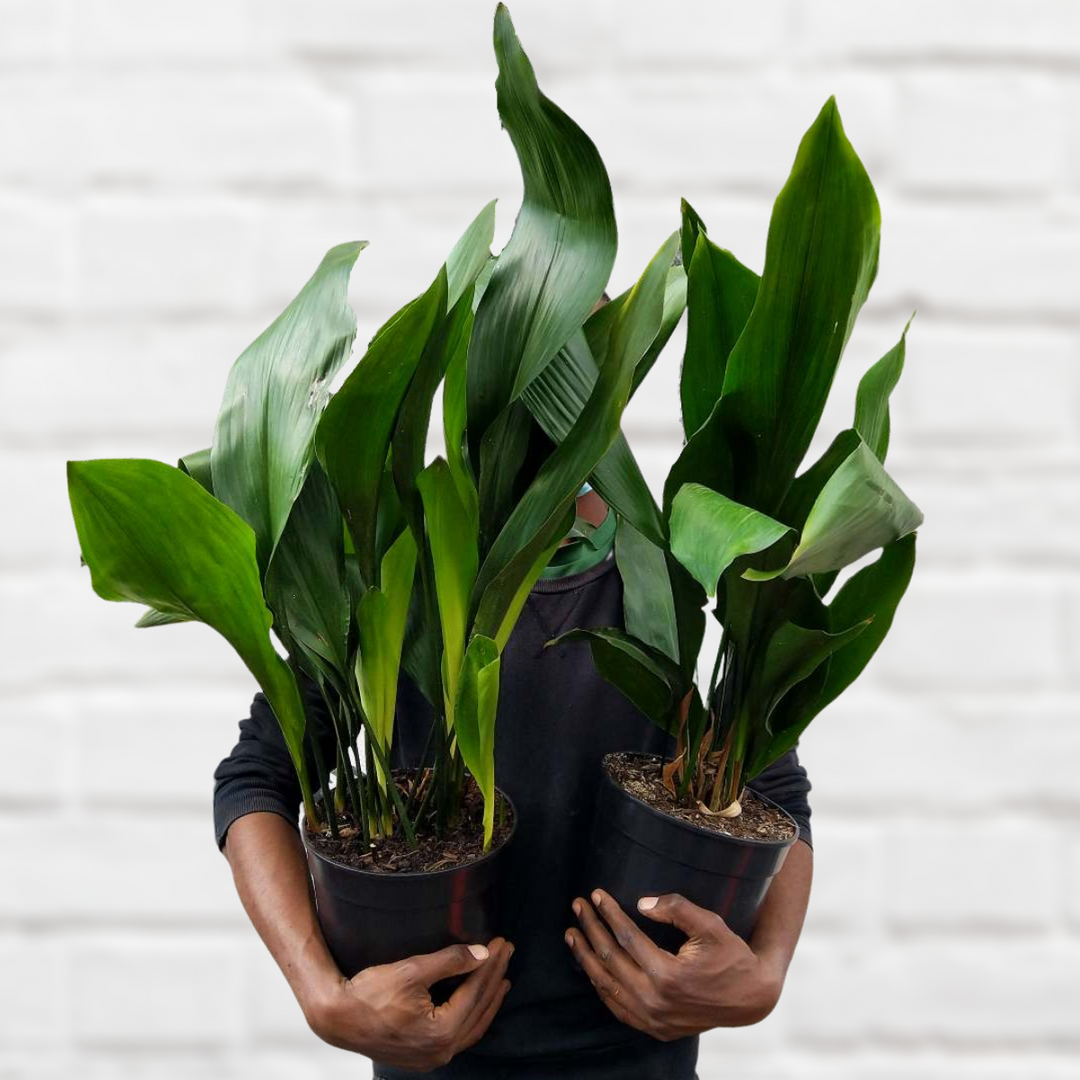
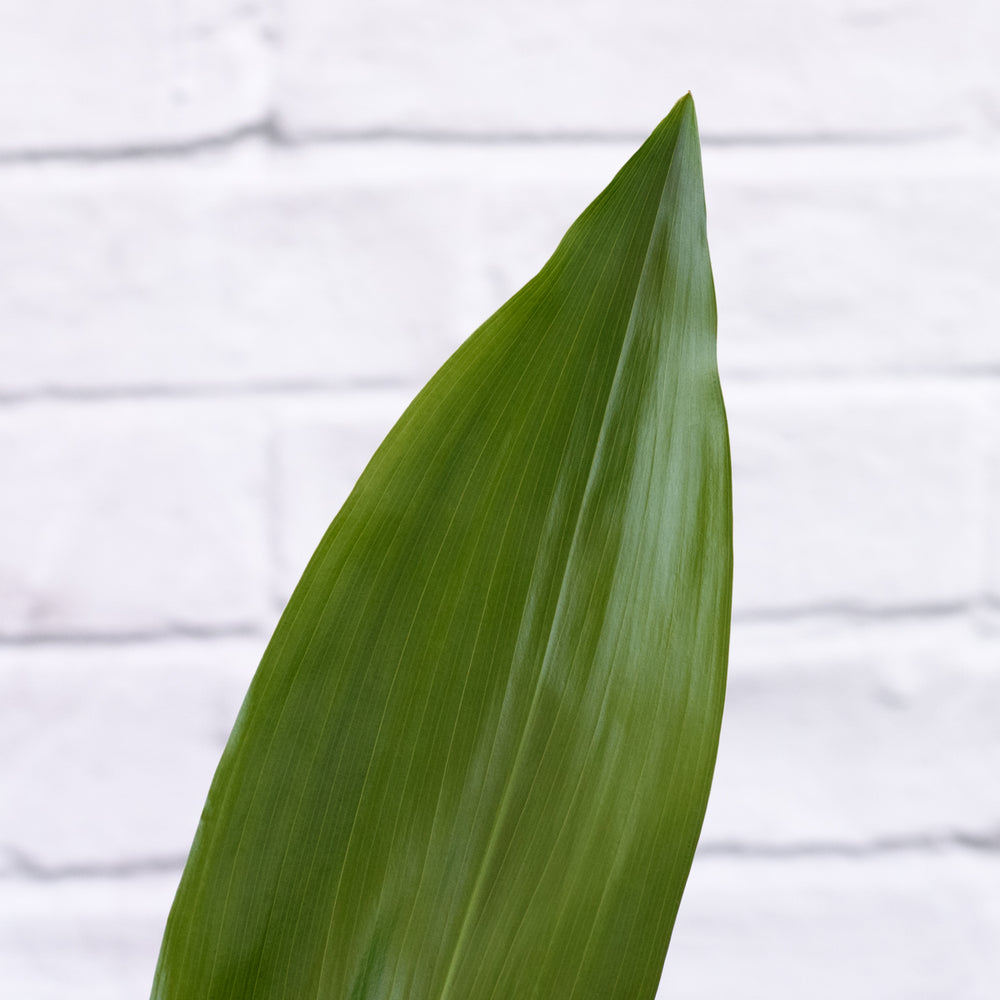
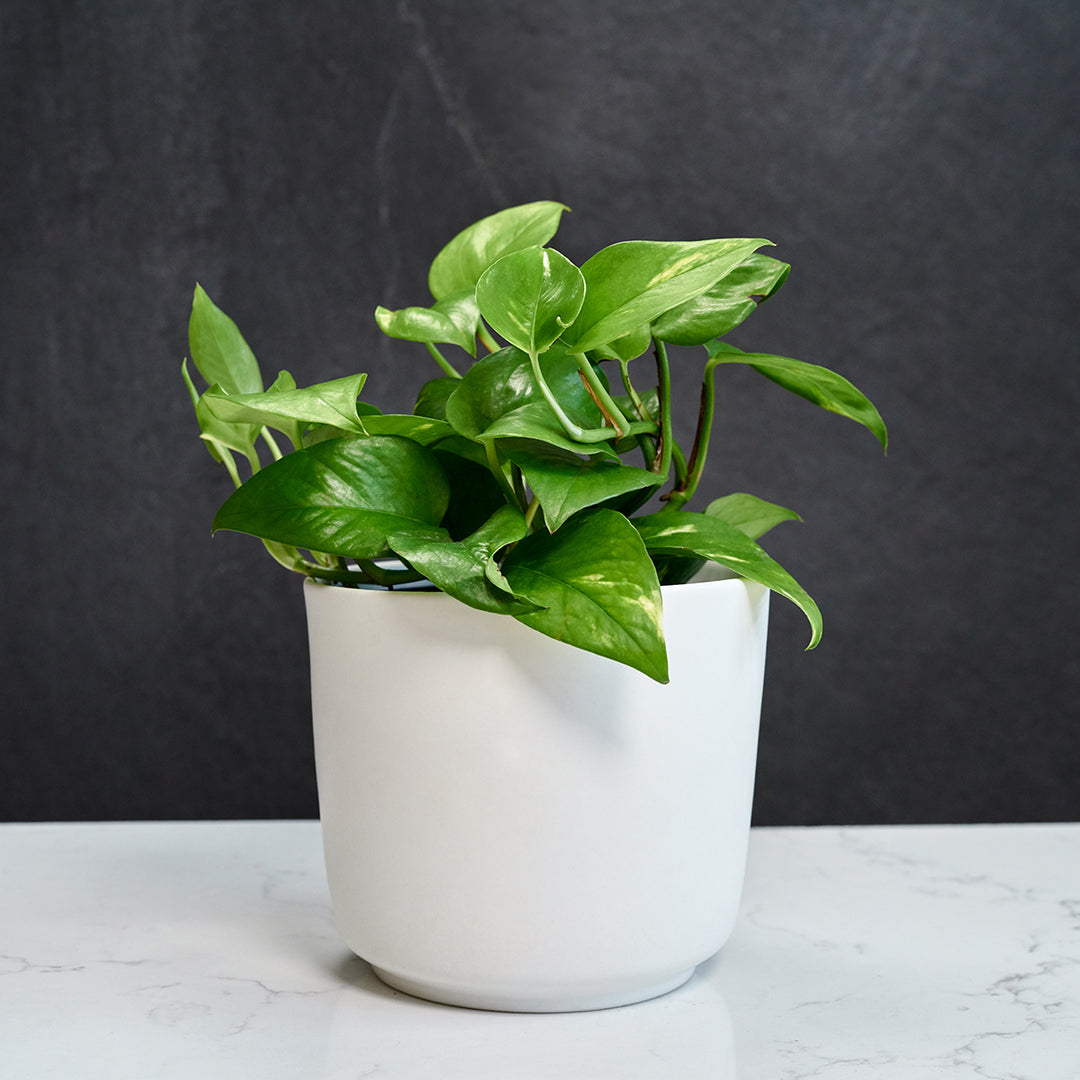
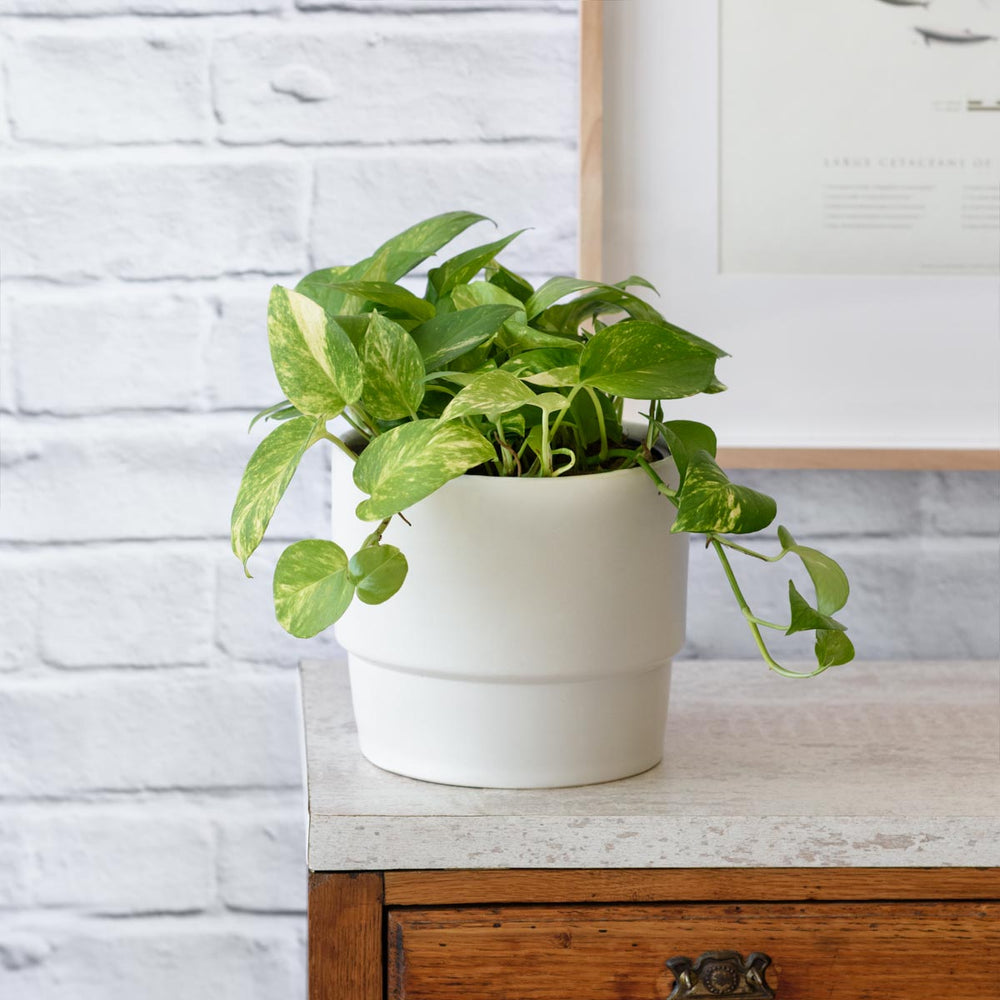
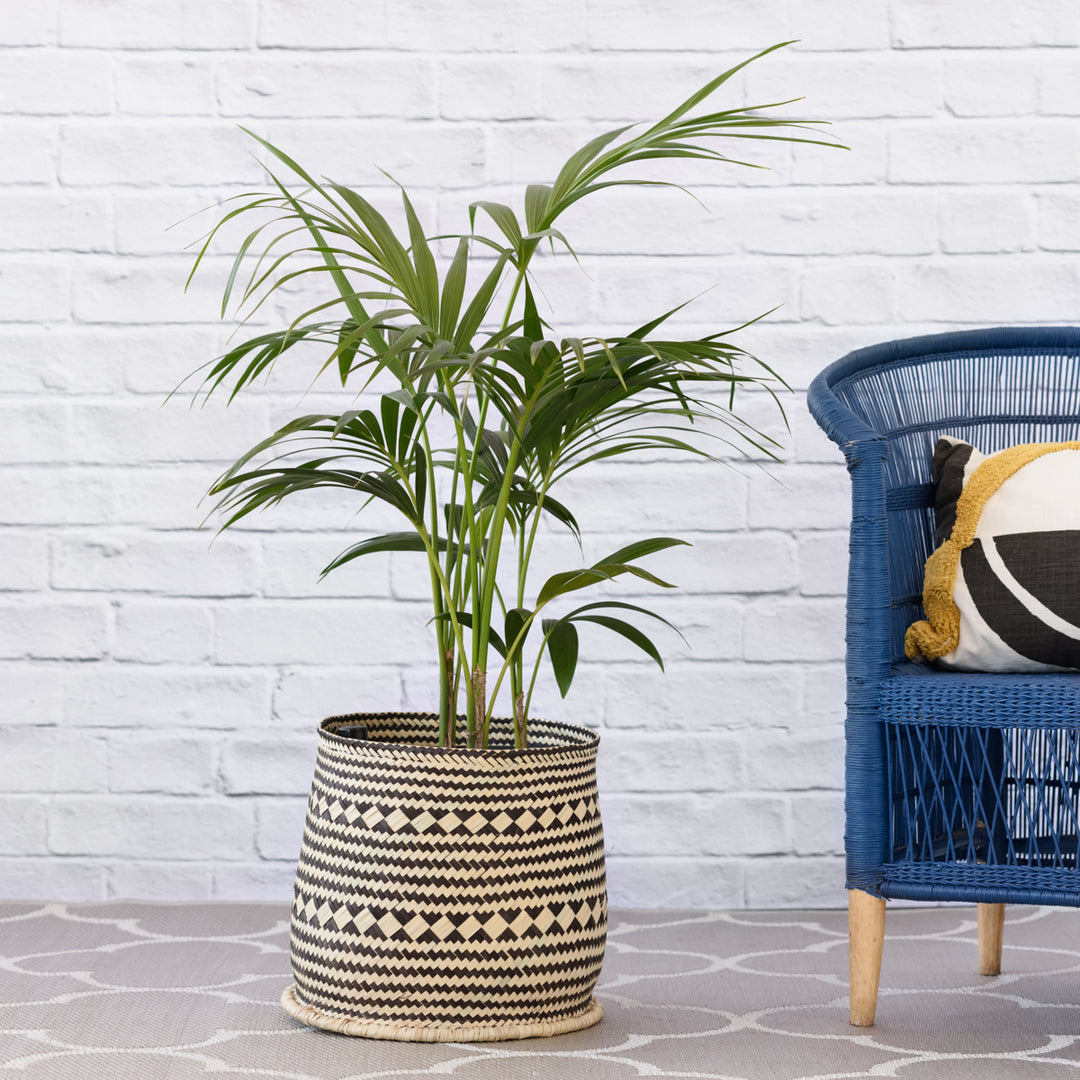
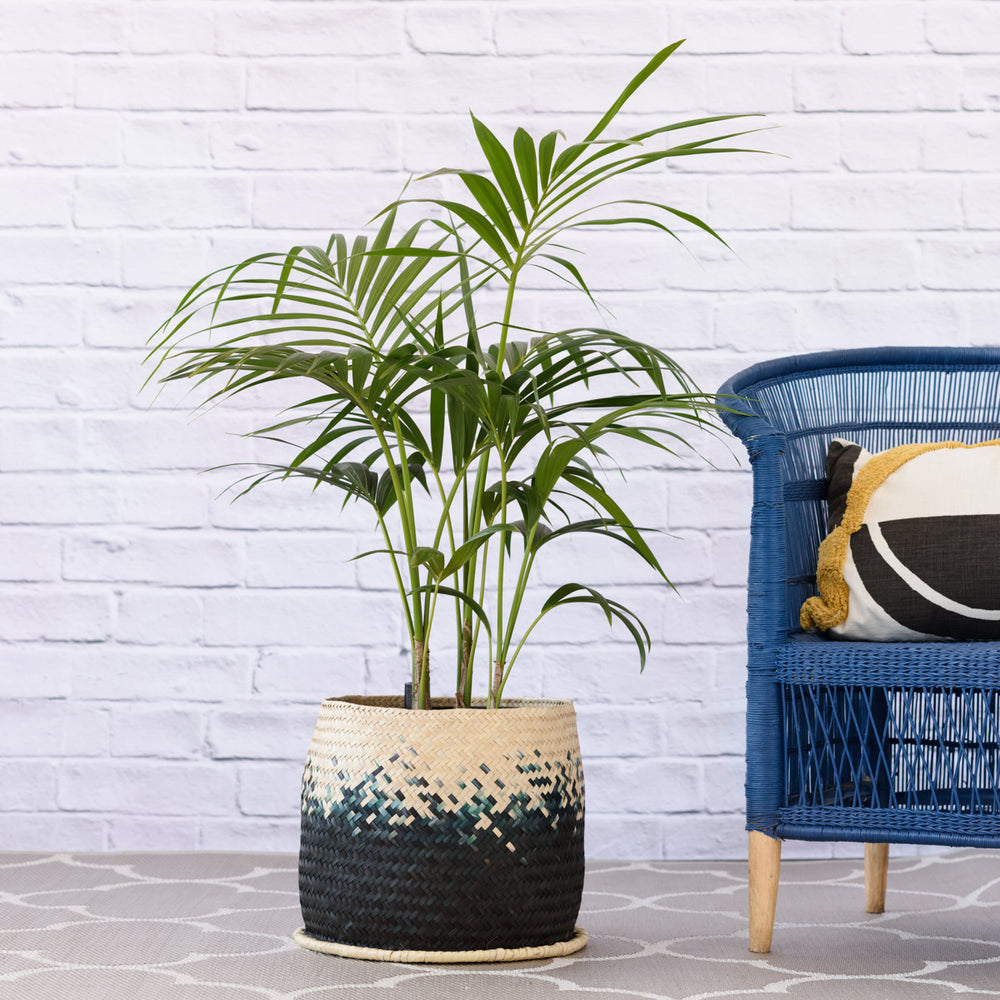


I am bringing in cordylines, begonias and impatients to grow inside over the winter and for sure don’t want to bring in any kinds of bugs. Can I add some essential oil to my mixture of vegetable oil and dish soap? Or would this be over kill?
Thank you in advance.
Been dealing with some flies hatching out of the dirt in my plants for awhile now, think they came from some plants I’d brought home from work.. Can’t wait to try some of these wonderful trick out on all of them. Sprinkled Cinnamon today… Maybe hydrogen peroxide tmrw
You should mention that only ceylon cinnamon has antifungal, antimicrobial and antibacterial properties. Cassia cinnamon and Saigon cinnamon, while great anti-inflammatory for people, they will not kill off any fungus in your soil attracting gnats
When bringing indoor plants back in for the winter, what is the best way to get rid of any bugs or spiders that may be on plants?
Hi! Thanks for this, I’m going to give them all a try…
Would it be okay to combine recipes?
Leave a comment